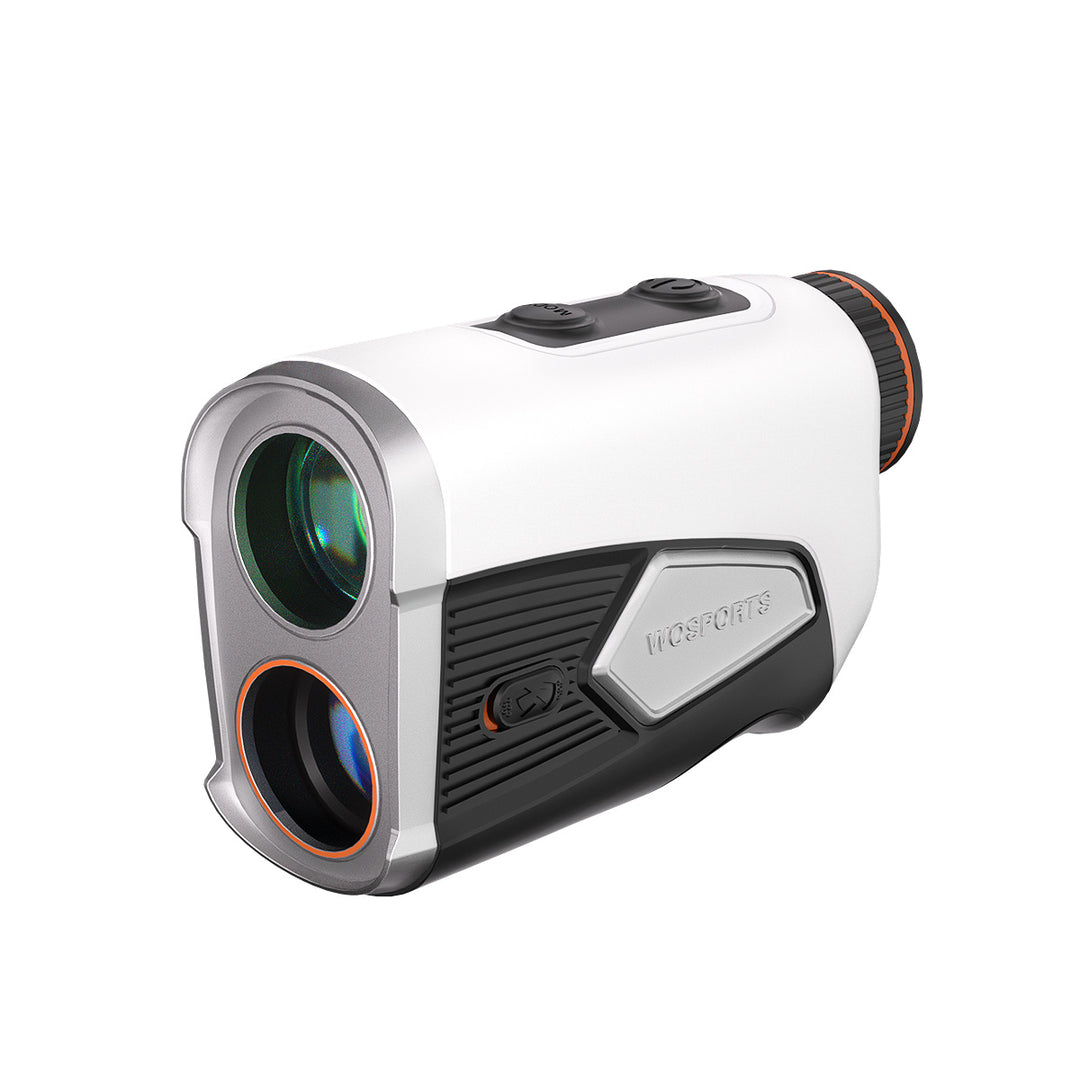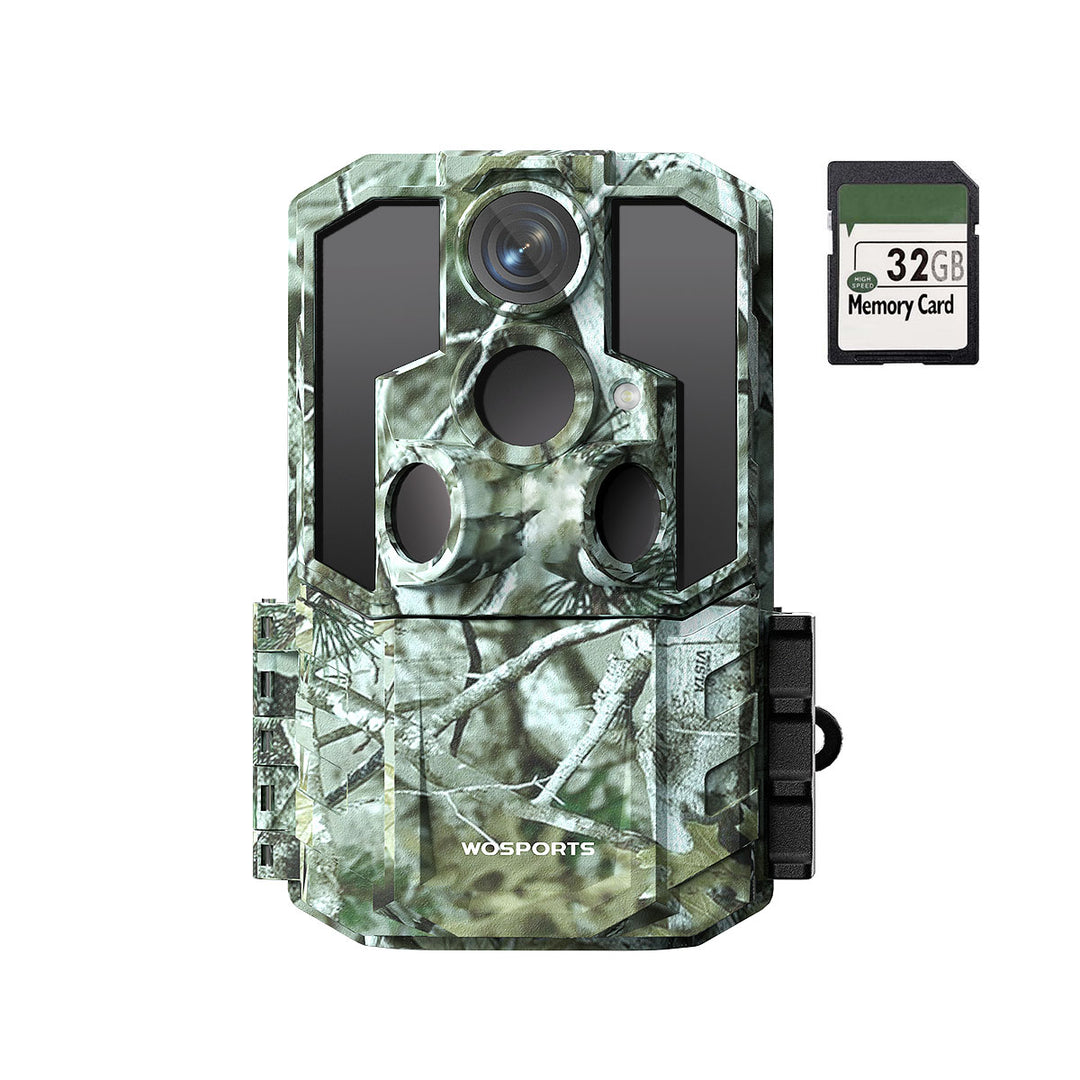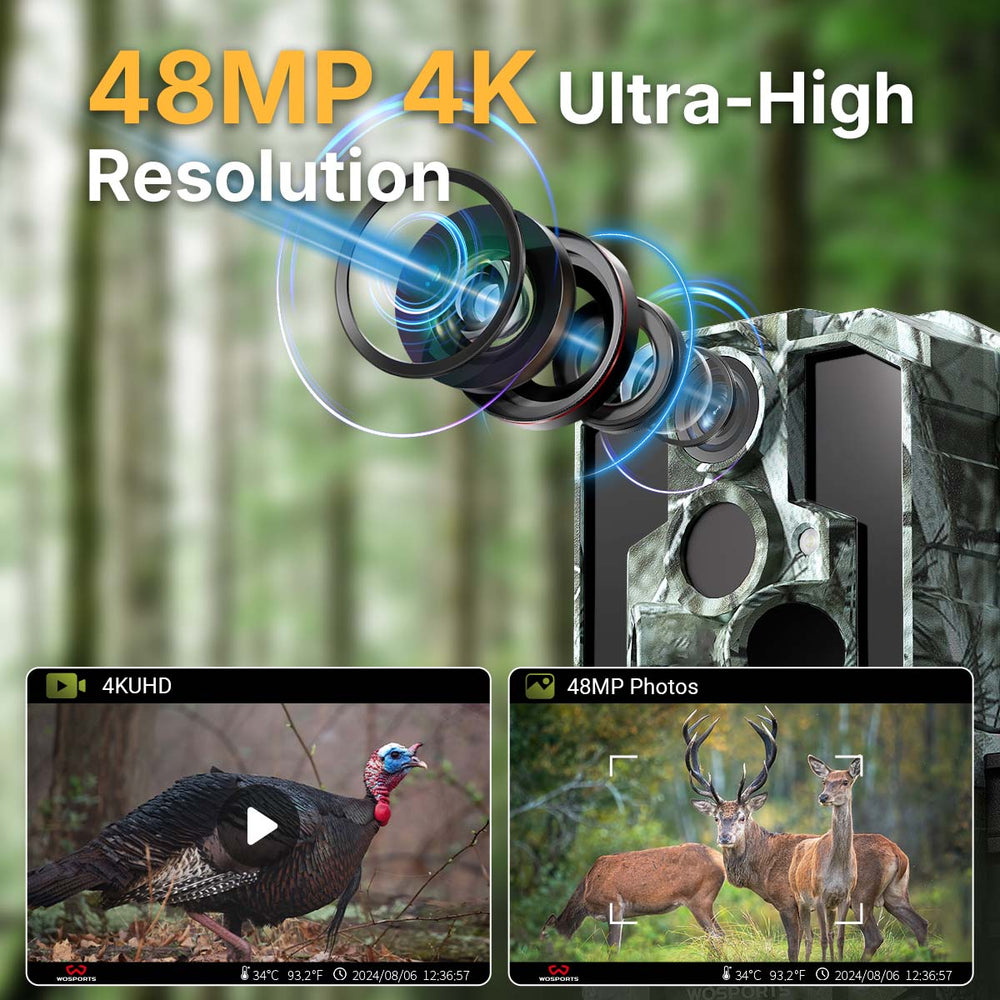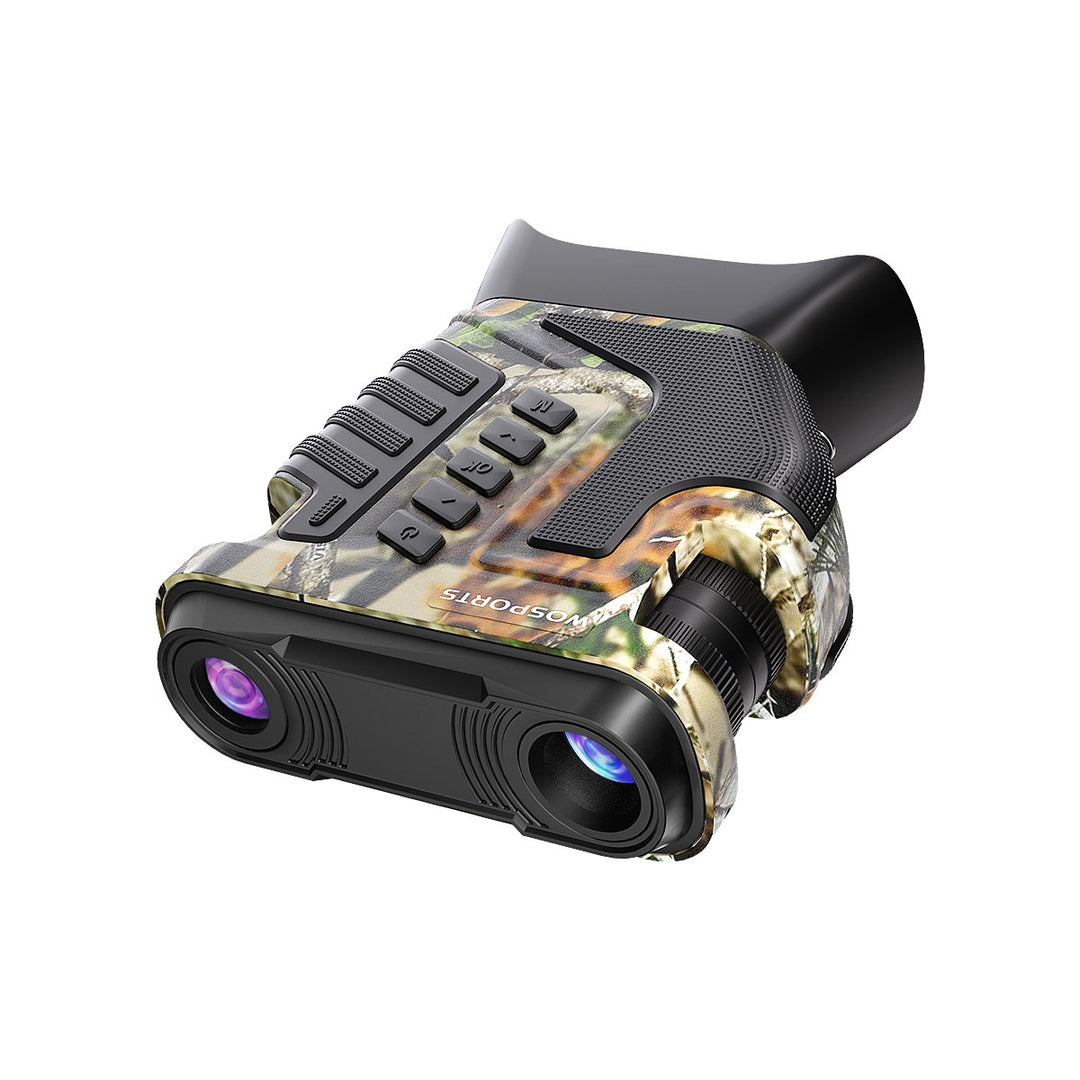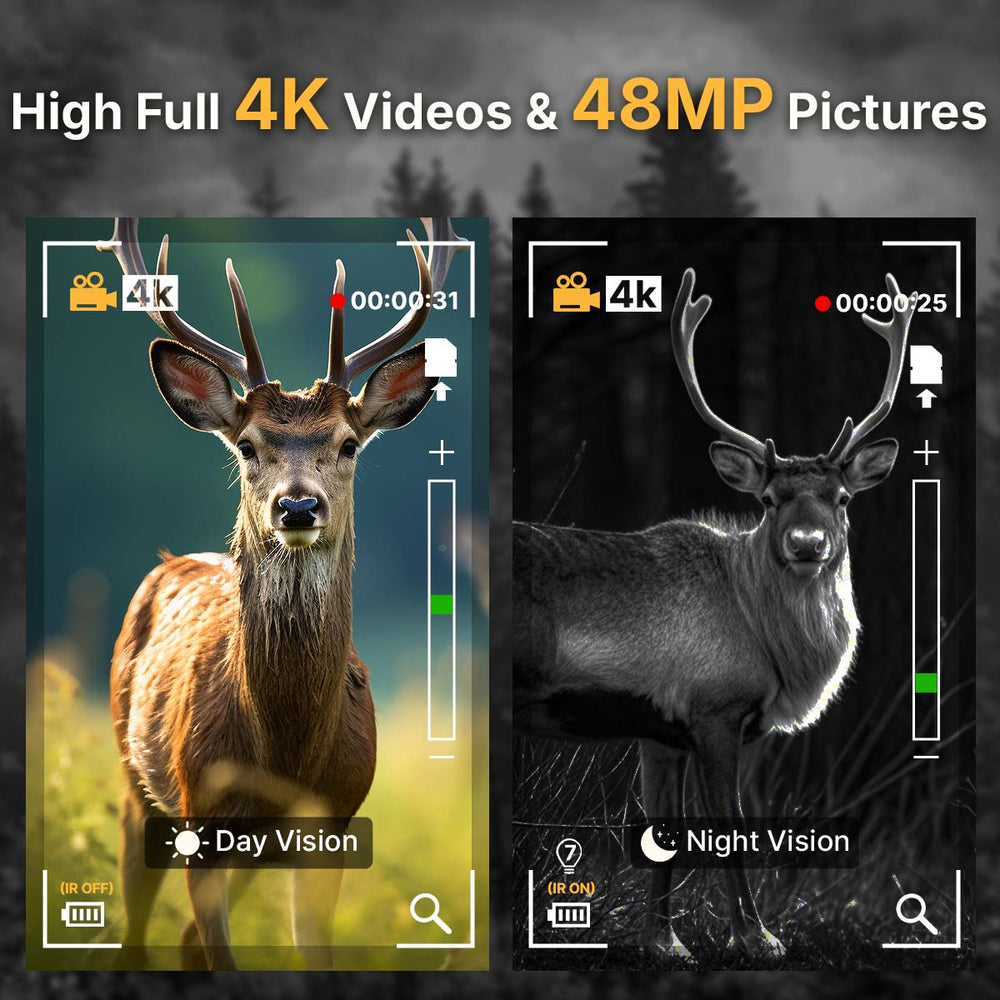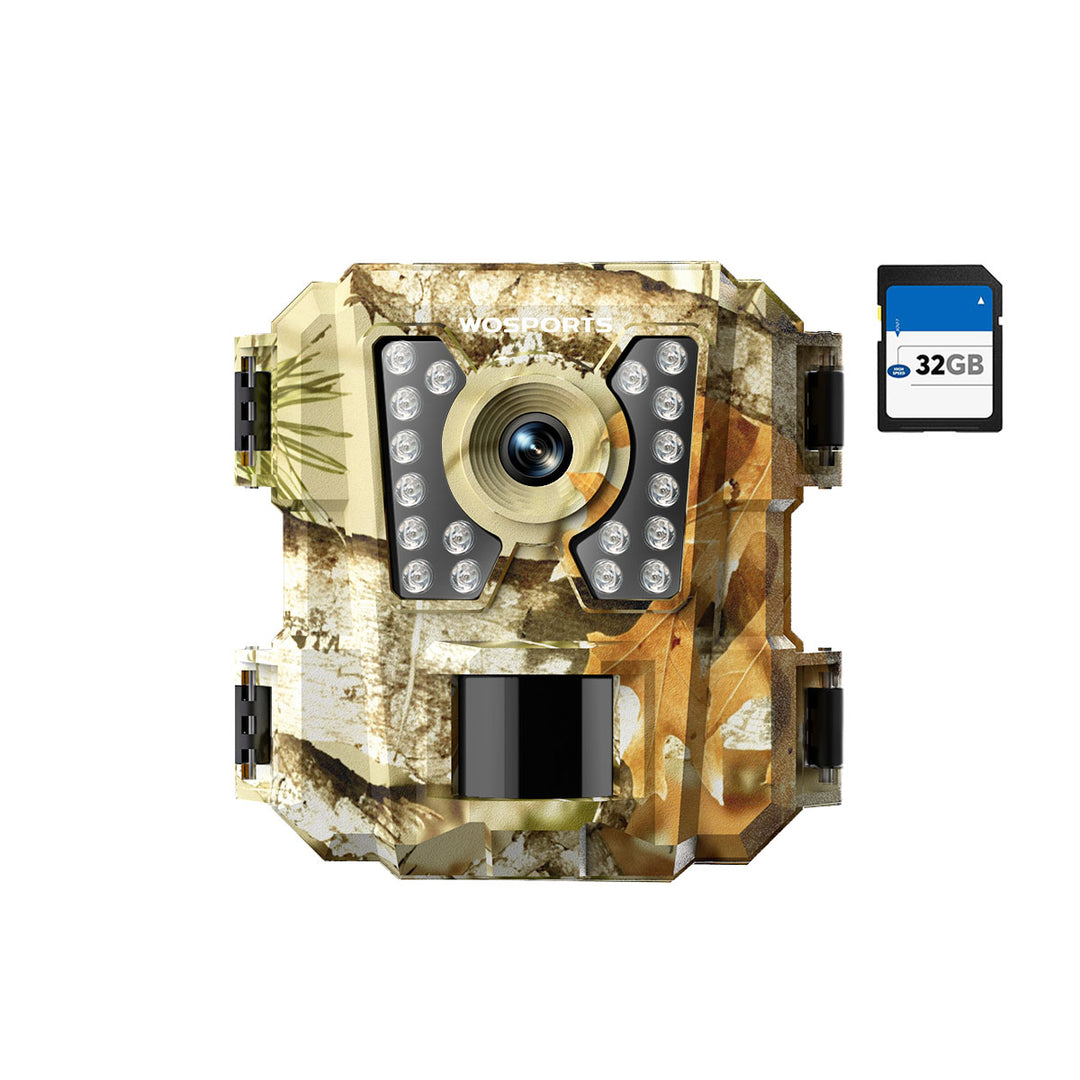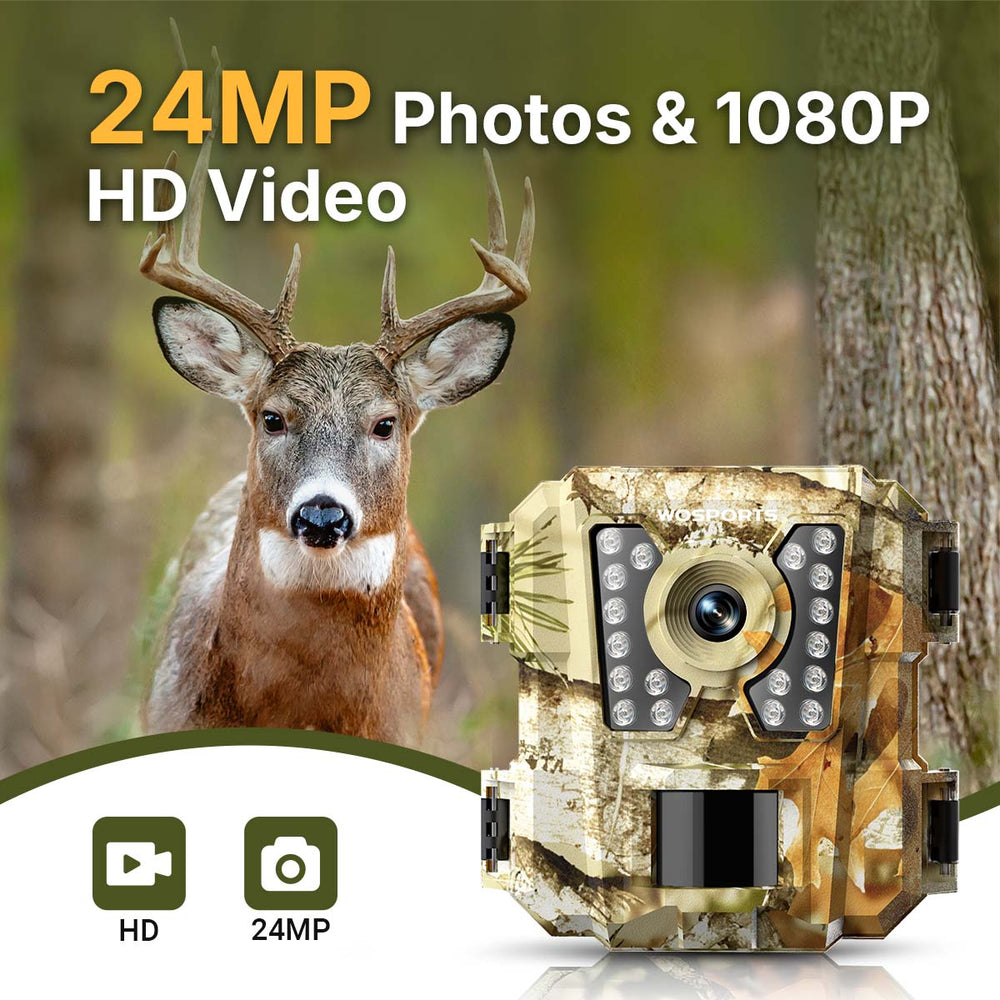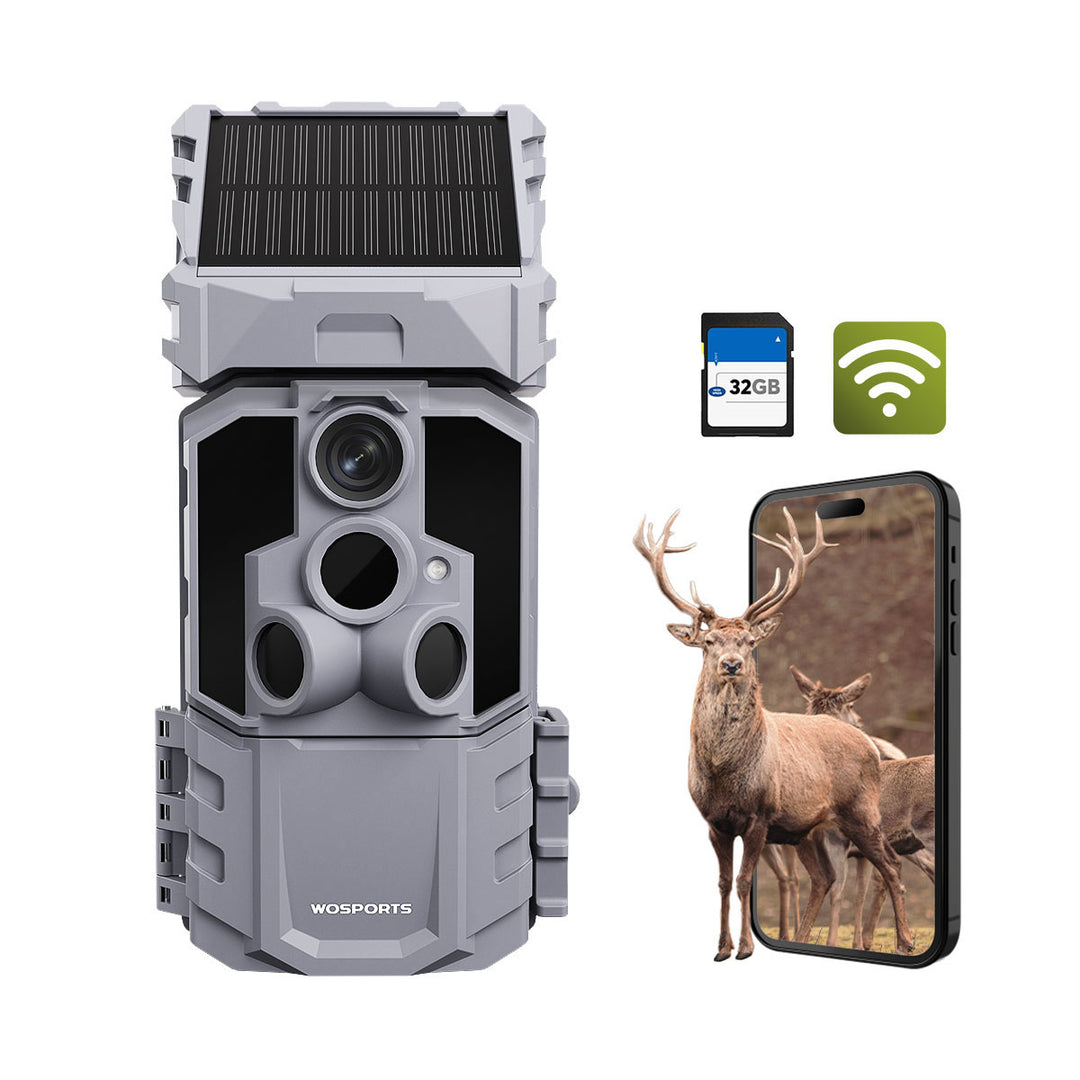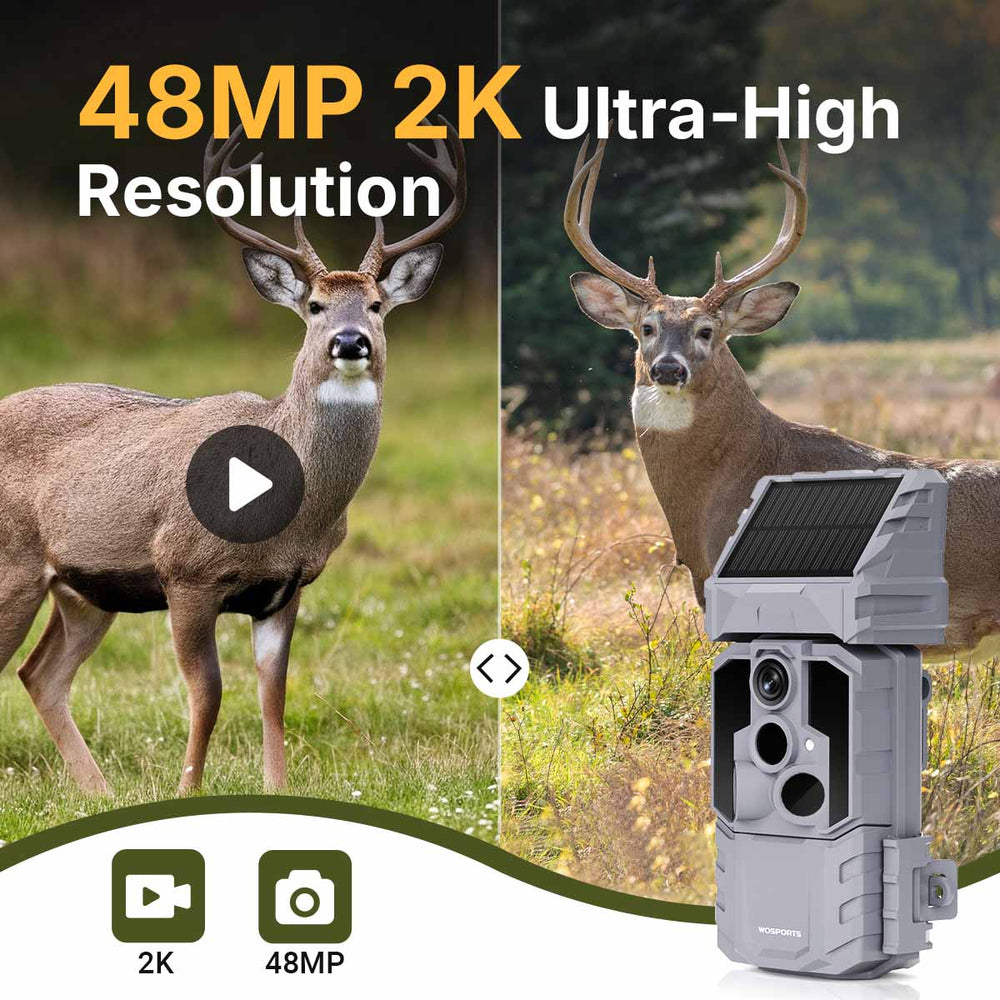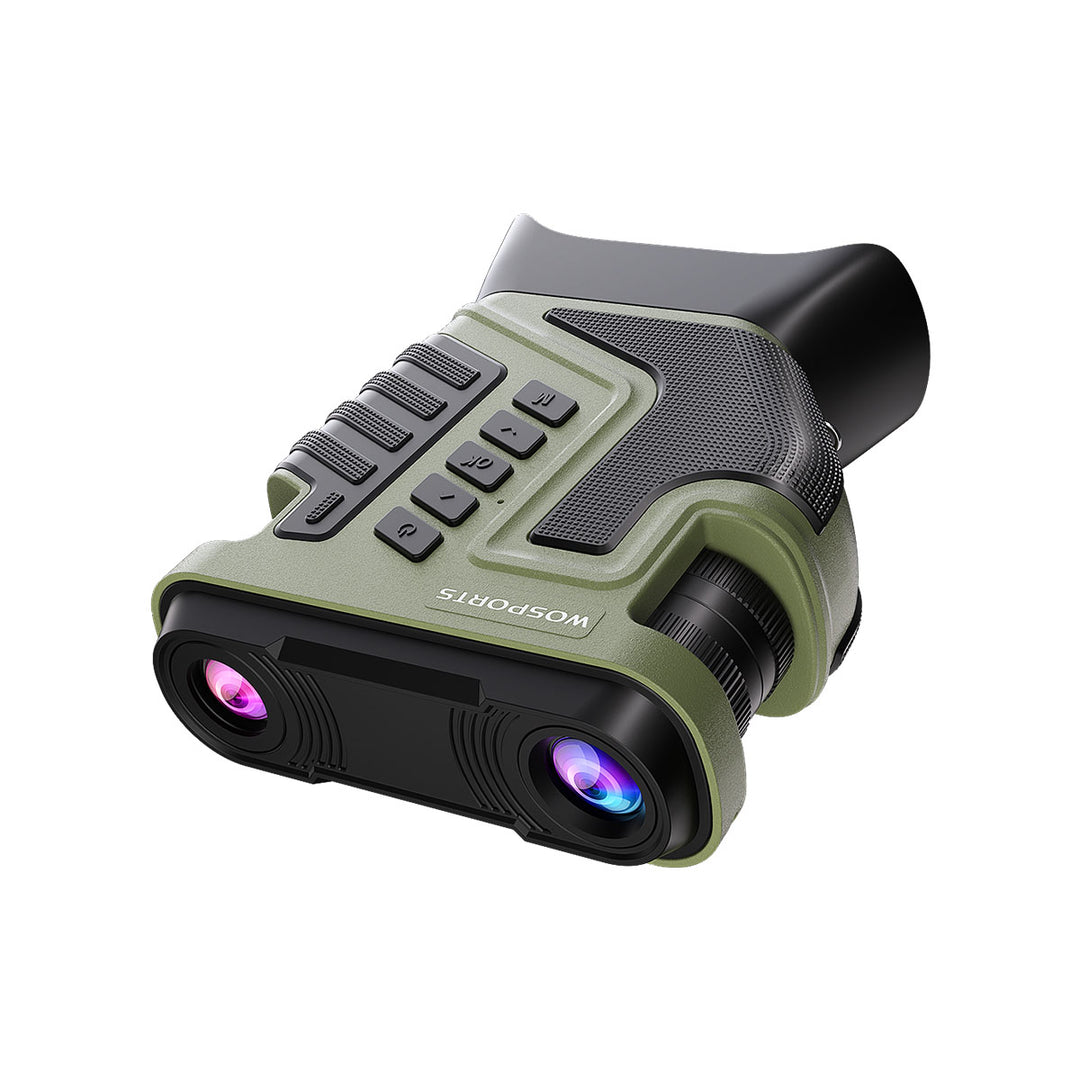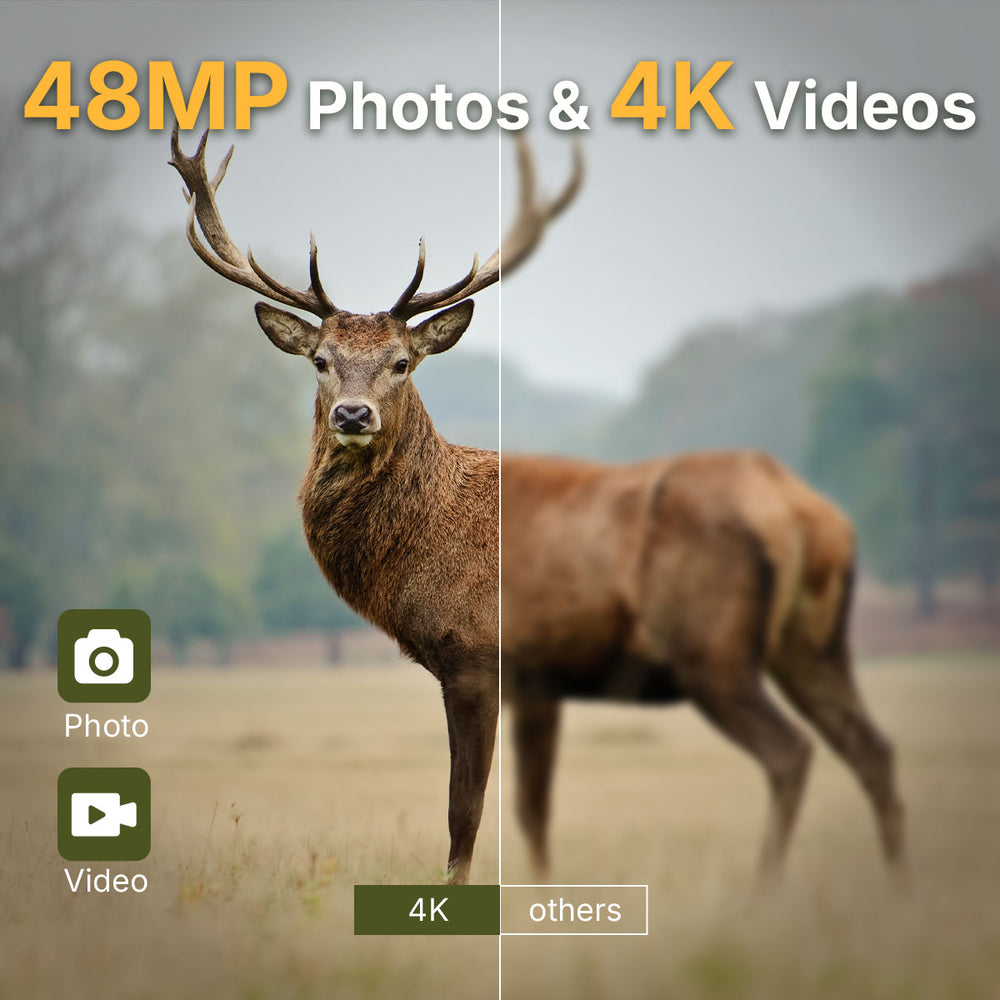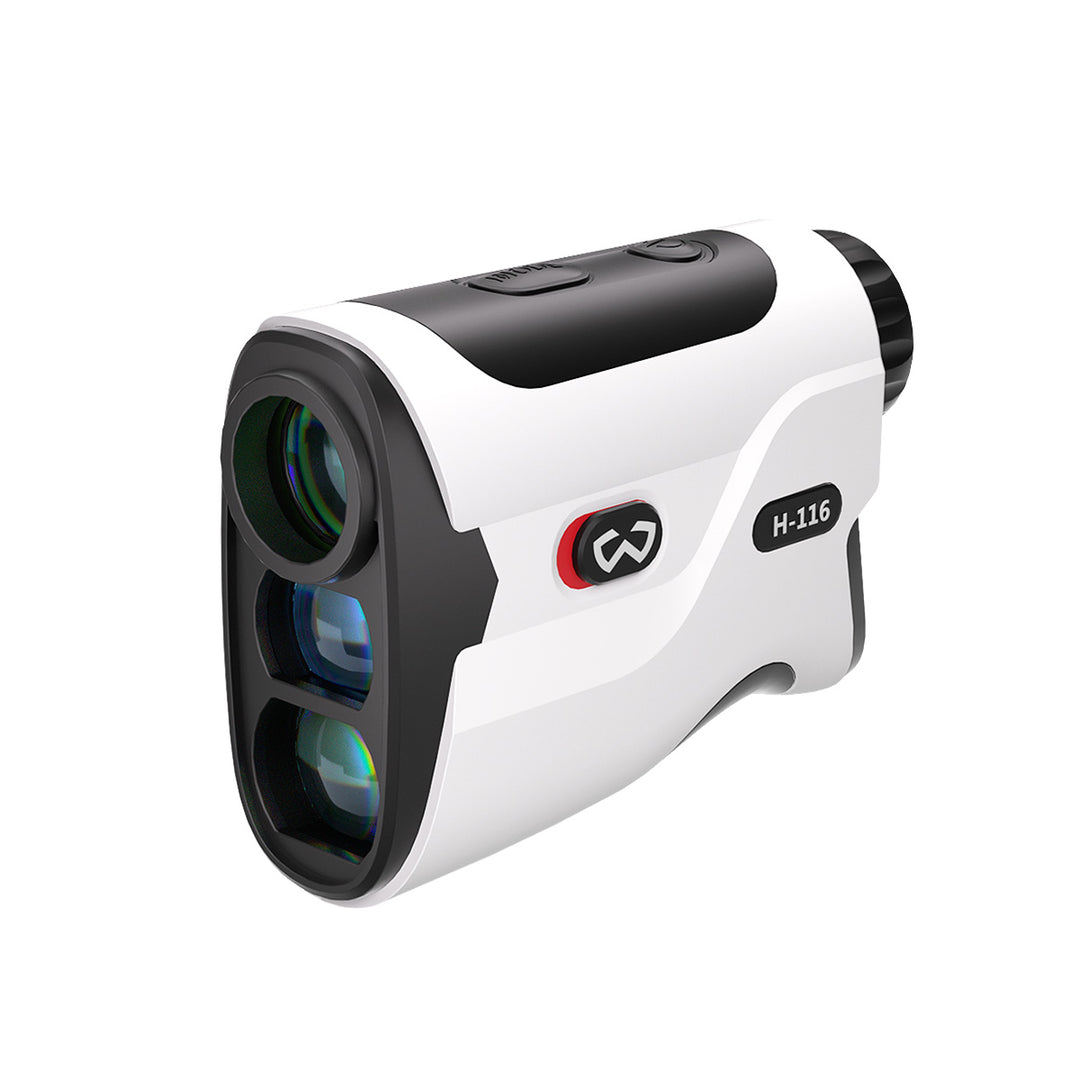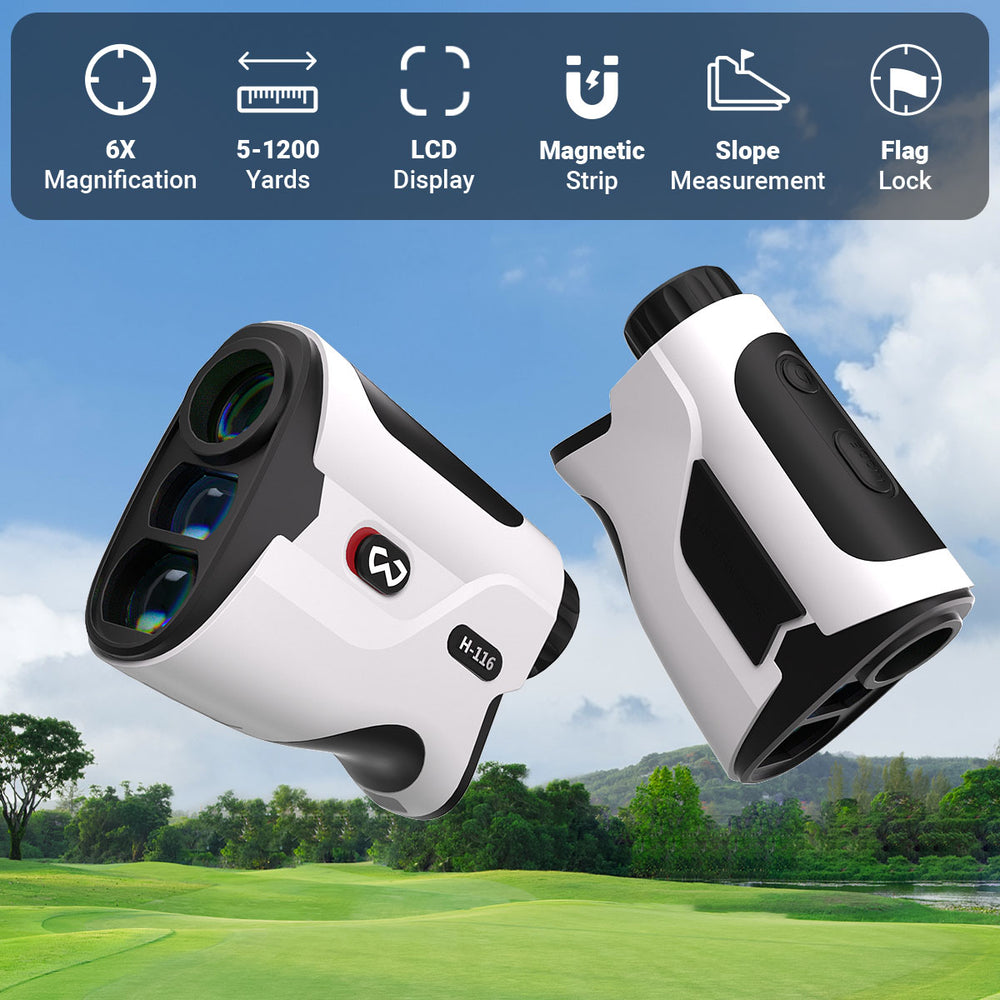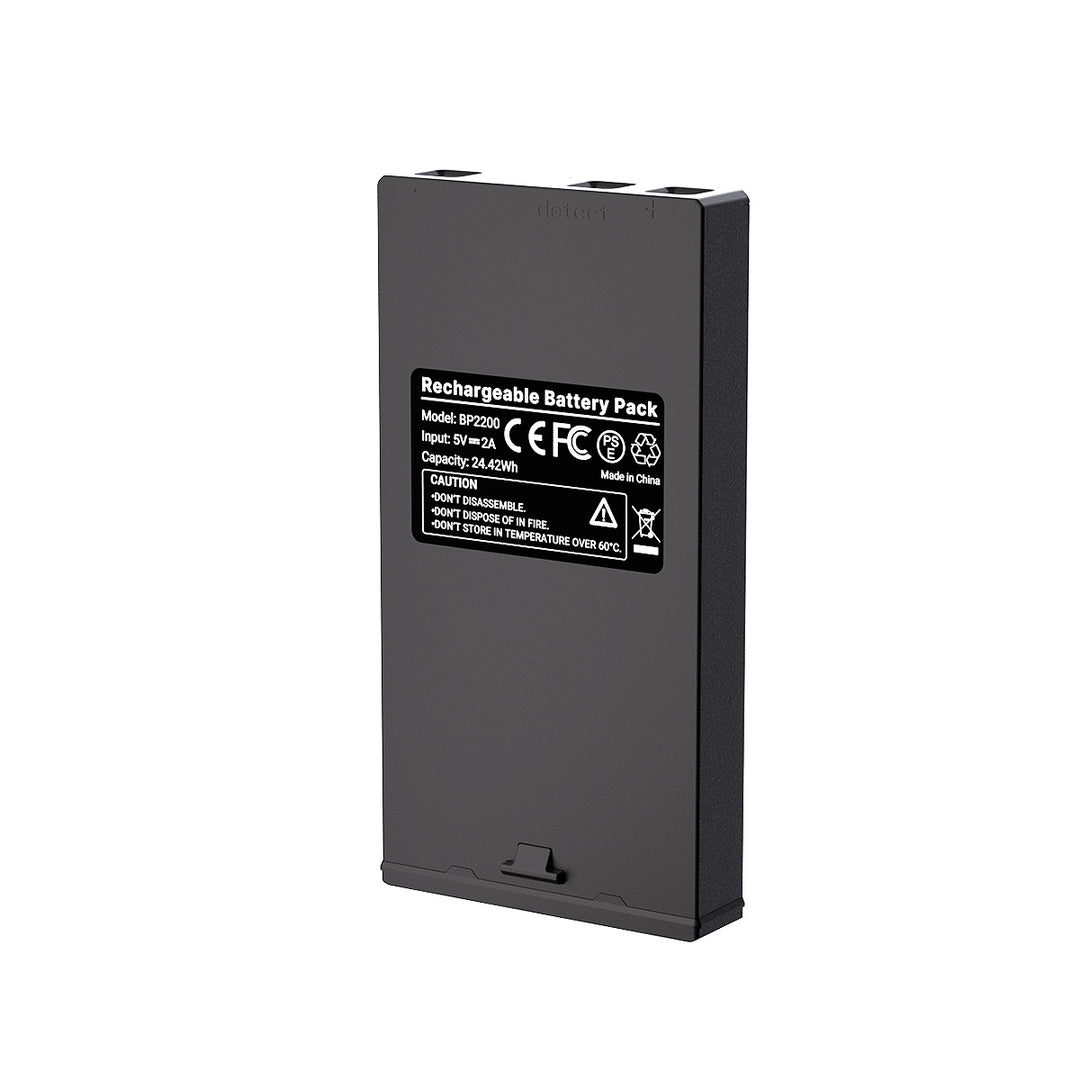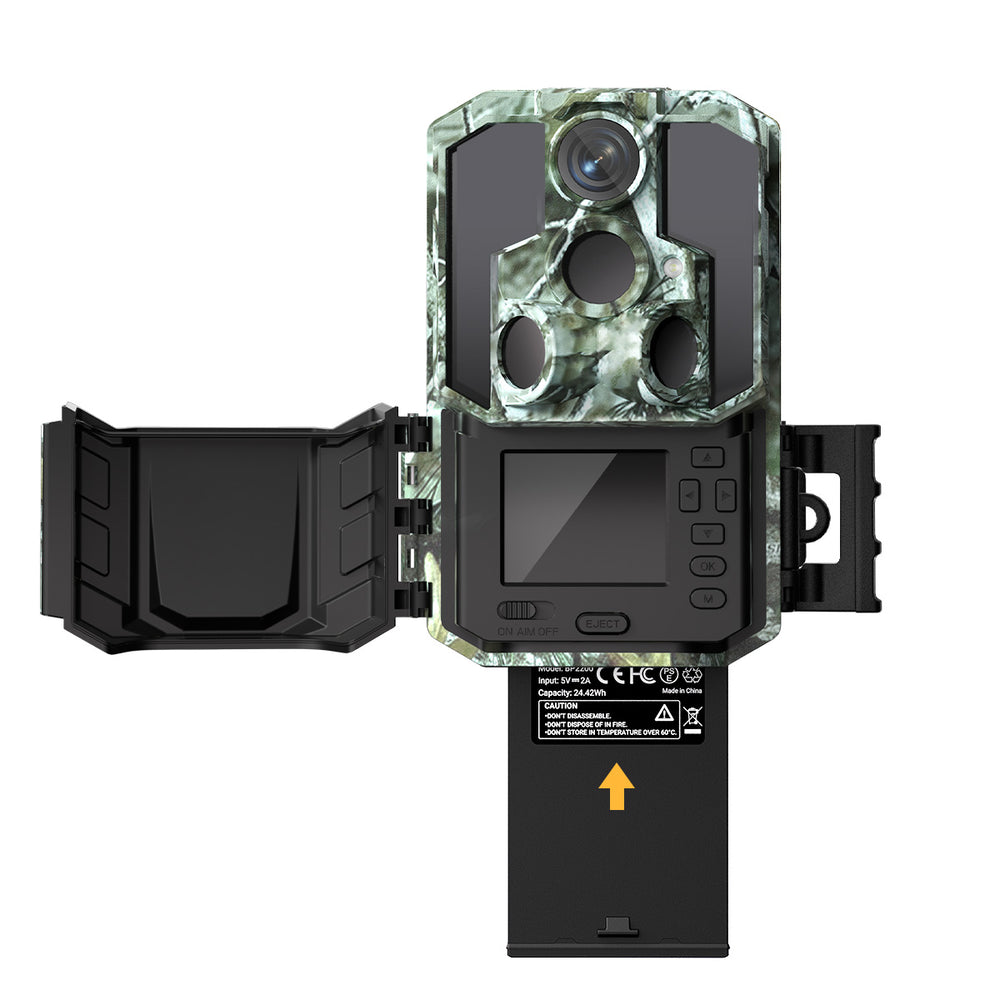What Are the Advantages and Disadvantages of Night Vision Binoculars?
Night vision binoculars are optical devices equipped with advanced technology that allows users to see in darkness by amplifying available light or using infrared illumination. These devices are commonly used in activities where visibility is limited, such as camping, hunting, or tactical operations.

How Do Night Vision Binoculars Work:
Most binoculars with night vision rely on image enhancement, where available light (including infrared) is captured and amplified to create a visible image. Advanced models use digital technology to display images on an LCD screen.
Infrared illumination can be employed in environments with no ambient light, making objects visible through invisible IR light.
Applications of Night Vision Binoculars:
Wildlife Observation: Night vision binoculars are invaluable tools for observing nocturnal animals in their natural habitats without disturbing them. Birdwatchers and animal enthusiasts can enjoy unique sights that are impossible during daylight hours.

Security and Surveillance: Security personnel and homeowners use night vision devices to monitor properties and detect intruders under the cover of darkness. They are also widely used by law enforcement and military for reconnaissance and tactical operations.
Nighttime Navigation and Outdoor Adventures: Hikers, campers, and adventurers rely on night vision binoculars to navigate trails, set up camps, or explore caves in low-light conditions, ensuring safety and enjoyment.
Stargazing: Amateur astronomers use these devices to enhance their view of the night sky. With the aid of night vision, stars, constellations, and other celestial objects become more vivid.

Search-and-Rescue Operations: Night vision technology is a critical component of search-and-rescue missions, enabling teams to locate lost individuals or animals in challenging terrain and poor lighting conditions.
Hunting and Fishing: Hunters use infrared night vision binoculars for spotting game during nighttime hunts, while anglers use them for night fishing to observe fish activity without scaring them away with lights.
Recreational Exploration: From exploring abandoned buildings to enjoying nature walks at night, night vision binoculars add a layer of excitement and safety to nighttime recreational activities.
Maritime Use: Sailors and boaters use night vision devices for navigation and detecting obstacles or hazards in the water during night voyages.

Types of Night Vision Binoculars:
Analog Night Vision: Traditional devices using image intensifier tubes.
Digital Night Vision: Uses digital sensors and displays, often with recording capabilities.
Thermal Imaging Binoculars: Detect heat signatures rather than light, effective in complete darkness.
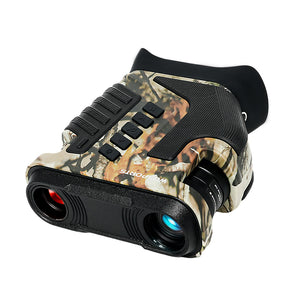
WOSPORTS NV400 Night Vision Binoculars
High Full 4K Videos & 16MP Pictures.
1-10X Optical Zoom & 1-8X Digital Zoom.
7 Levels Of Adjustable IR.
Rechargeable Night Vision Scope.
Advantages of Night Vision Binoculars
Enhanced Visibility in Darkness
Infrared binoculars enable users to see clearly in low-light or complete darkness. This is especially beneficial for nocturnal activities, allowing for safe exploration without relying on artificial light sources.
Improved Safety and Security
These devices are widely used for home security, military operations, and search-and-rescue missions. They allow users to detect movement and potential threats in the dark, enhancing situational awareness.
Versatility
Night vision binoculars cater to a range of activities, from wildlife observation and hunting to stargazing and nighttime photography. Their adaptability makes them valuable tools for both recreational and professional use.
Technological Advancements
High quality night vision goggles have seen significant improvements, including better image clarity, digital displays, and extended battery life. Features like zoom capabilities, built-in recording functions, and compatibility with external devices like smartphones further enhance their usability.
Portability
Compact and lightweight designs make infrared binoculars easy to carry, even during long treks or outdoor expeditions. Their ergonomic designs also contribute to user comfort.

Increased Awareness of Surroundings
Night vision technology helps users remain alert to their environment, detecting animals or obstacles that might otherwise go unnoticed in the dark.
Disadvantages of Night Vision Binoculars
Limited Performance in Extreme Darkness
While night vision binoculars with infrared perform well in low-light conditions, their effectiveness diminishes in complete darkness without an external infrared light source. This reliance on ambient light can be a drawback in certain scenarios.
High Cost
Quality night vision binoculars, especially those with advanced features, can be expensive. For budget-conscious users, this might pose a barrier to entry.
Shorter Lifespan of Components
The delicate components of night vision binoculars, such as image intensifier tubes, may degrade over time. Regular maintenance and careful handling are necessary to prolong their lifespan.
Vulnerability to Bright Light
Traditional night vision devices can be damaged by sudden exposure to bright light, such as headlights or flashlights. This can render the device inoperable and lead to costly repairs.
Learning Curve
Operating night vision binoculars effectively may require some practice, especially for beginners unfamiliar with features like focus adjustments, infrared settings, or magnification controls.
Weather Dependence
Moisture, fog, or extreme temperatures can sometimes affect the performance of night vision devices, particularly if they lack sufficient weatherproofing.
Key Considerations When Choosing Night Vision Binoculars
Type of Night Vision Technology
Night vision devices are categorized into generations (Gen 1, Gen 2, etc.) and digital models. Gen 1 is affordable and suitable for casual use, while Gen 2 and higher offer superior performance for professional applications.
Battery Life and Power Source
Long-lasting batteries are crucial for extended use during outdoor adventures. Some models support rechargeable batteries, adding to their convenience. Always consider the availability of backup power options.
Range and Field of View
The effective range and field of view depend on the intended use. For example, hunters may prefer models with a longer range, while wildlife enthusiasts might prioritize a wider field of view.
Durability and Weather Resistance
Outdoor use often exposes binoculars with night vision to harsh conditions. Look for water-resistant and shockproof models to ensure durability.
Additional Features
Built-in recording, Wi-Fi connectivity, GPS, and other smart features can enhance usability and convenience for specific purposes.
Search
Popular Posts
Recent Posts

Nov 28, 2024
Troubleshooting Common Trail Camera Issues
Jan 10, 2025
Why Does My Trail Camera Stop Working at Night?

































